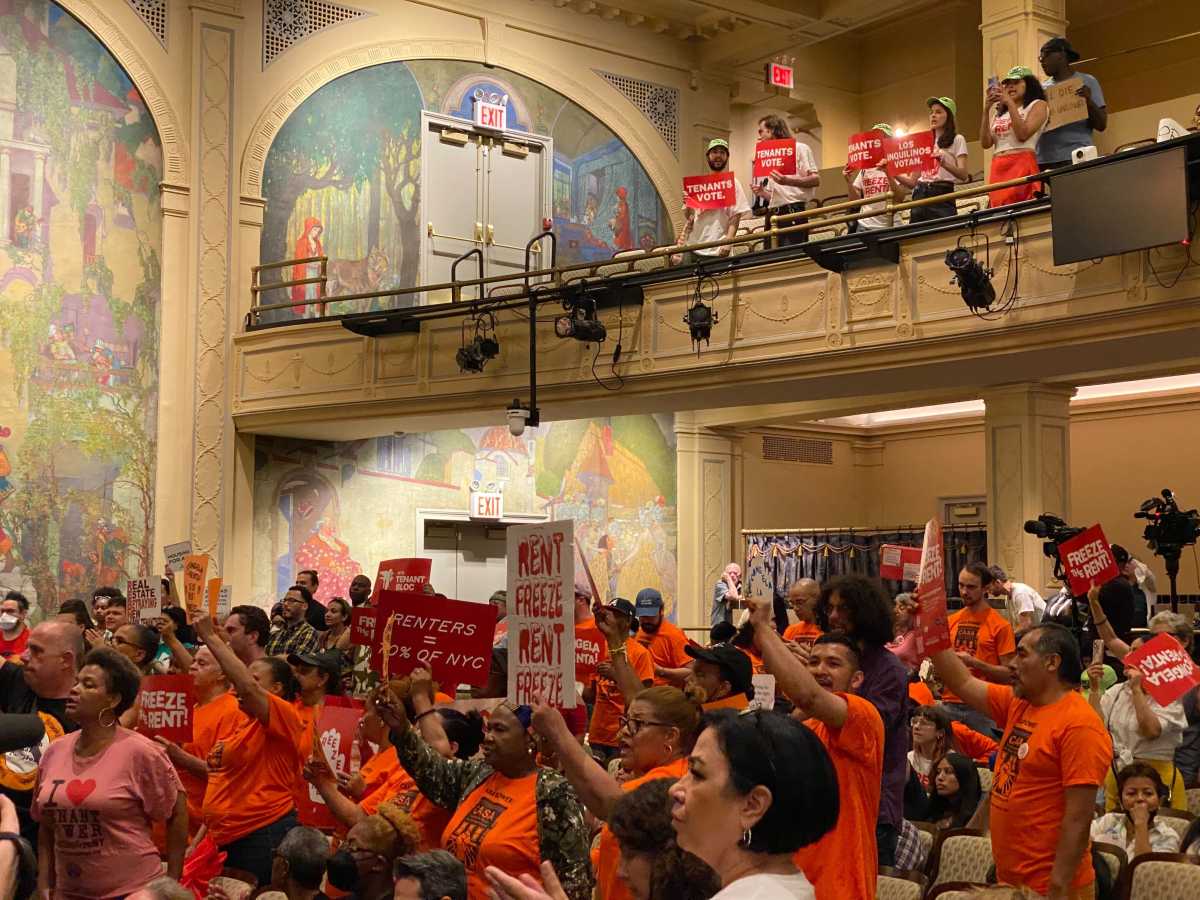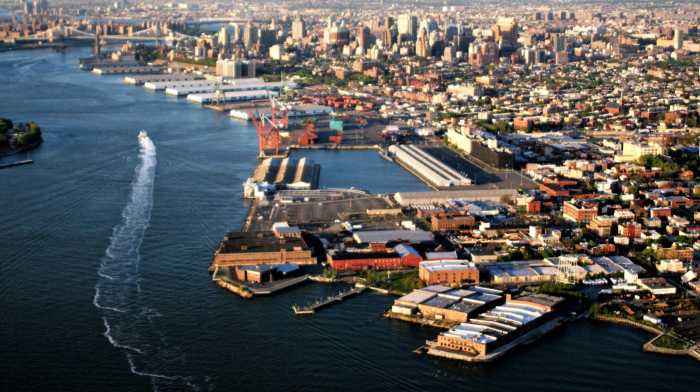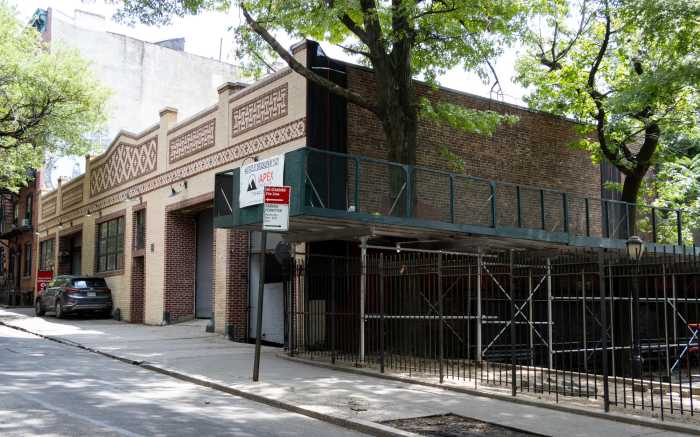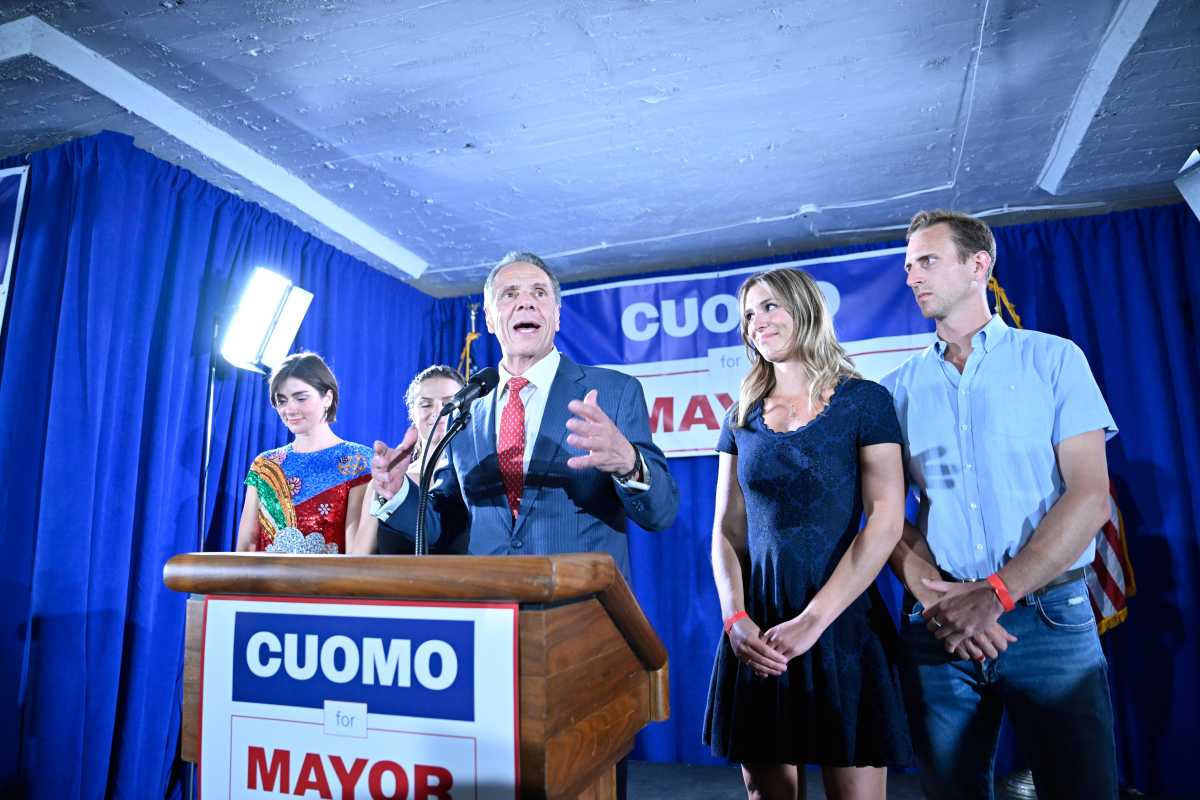This week’s admission by Brooklyn Bridge Park planners that their much-ballyhooed plaza and skating rink under the Brooklyn Bridge would be delayed by five years — five years! — should not be greeted with the typical shrug.
It should be greeted with outrage.
This delay is the latest in an seemingly never-ending string of disappointments in the decades-long effort to build a park along the Brooklyn Heights and DUMBO waterfronts.
We’ve long suspected that plans for a real park were always secondary to condo and commercial development. But we were encouraged after new Brooklyn Bridge Park Development Corporation head Regina Myer scuttled her predecessors’ pie-in-the-sky planning in favor of creating fiscally reasonable and easier-to-build open space sooner rather than later.
We were hopeful when the 1930s-era Purchase Building was demolished last month so that the simple and relatively cheap European-style piazza could indeed be open to the public, as Myer promised, in just over a year.
But this week, the city Department of Transportation — in a particularly embarrassing rebuke of the “Bridge Plaza” fantasy — announced that it needed the site to conduct long-overdue repairs to the 125-year-old Brooklyn Bridge.
Brooklyn Bridge Park planners expressed shock, but their inability to see this blow coming is a failure so monumental — and so fundamental — that it again raises the question of their ability or, indeed, their desire to build any park along the waterfront at all.
We must point out that this “park” has been on the drawing board for more than 20 years — yet no permanent piece of the proposed 85 acres of open space has been built.
Unless you consider the condos at One Brooklyn Bridge Park, the luxury building that is already being occupied.
The term bait-and-switch comes to mind.
The bait, of course, is a glorious public park stretching from the Manhattan Bridge to Atlantic Avenue.
The switch is that more and more of that prime waterfront real estate will end up being turned over to developers who will use whatever space is left as quasi-public backyards for their luxury tenants.
That prospect was pretty much assured when state development officials commandeered the planning process several years ago, requiring that the park pay for itself through maintenance fees charged to residents living within its footprint.
Clearly, once those condo owners start paying to maintain the park, they’re going to assert control over the public space.
And as the construction costs of this park jump from the initial $150 million to now close to $400 million, it’s only a matter of time before state development officials call up their real-estate cronies and order up more housing inside the so-called park to pay for it all.
They’ve done it before and they’ll do it again.
Meantime, there’s no park.
























